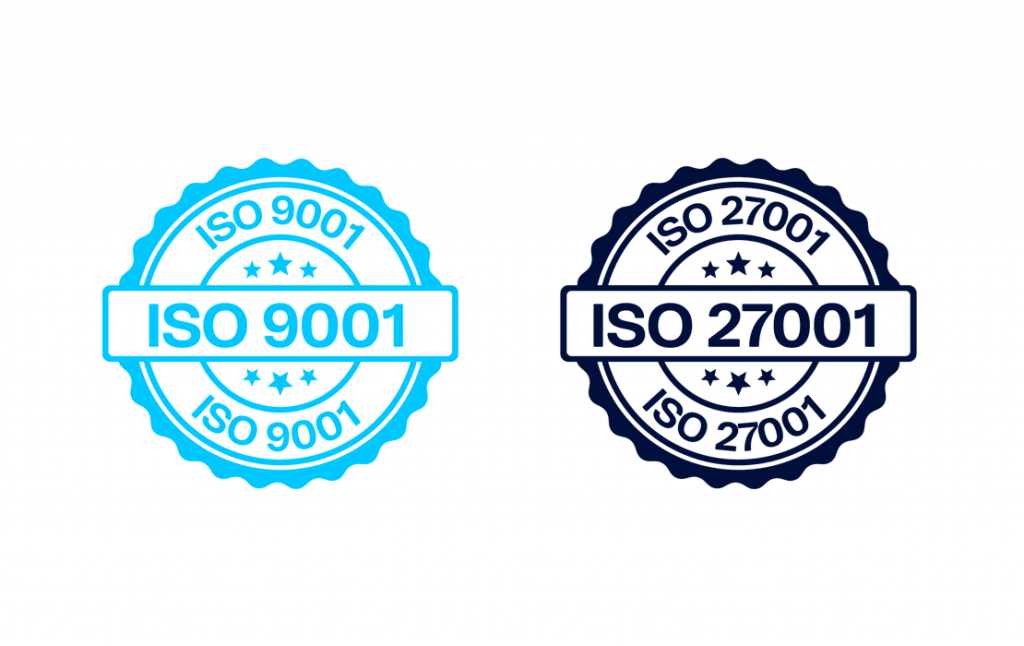The IoT is revolutionizing industries across the globe, and the energy sector is no exception. IoT energy is just one example of how utilities are using connected devices and real-time data to optimize operations, reduce costs and improve safety.
But the possibilities extend far beyond energy. Discover how IoT is transforming various industries by exploring our collection of IoT use cases across transport & logistics, manufacturing, smart cities and utilities. See how businesses are utilizing connected technology to achieve real world results.
IoT in energy involves the automation, analysis and management of power systems to balance demand and supply, reduce energy wastage and manage renewable energy effectively. Rising energy prices are affecting industry, enterprises and consumers across the globe. By 2023, those prices will surge to a global US$1.73 trillion enterprise spend on electricity consumption and that figure takes into account the uplift in electricity consumption triggered by EVs.
Users are looking to optimize their consumption with smart meters and eliminate wastage. At the same time increased generation of energy from renewable sources is seeing customers become producers of electricity and IoT in renewable energy is providing vital insights to help manage power grids. IoT in eenergy and utilities has therefore become an important tool for utilities managing power distribution and generation.
1 billion
IoT energy to use 1 billion cellular connections by 2028
$70 billion
Enterprises are set to spend $70bn on smart energy solutions by 2030
43%
Of energy produced in the EU in 2022 came from renewables
With new sources of generation, IoT for energy has an expanded role in enabling management of power generated by prosumer – producer consumers – via solar or wind. The accurate communication of how much power is being sent to the grid from these sources is essential to ensure that the grid does not become overloaded and that power from other sources is not wastefully generated.
By communicating data in real-time, utilities can be assured of having accurate knowledge of the ways in which power is being contributed to the grid. They can also more precisely align this with expected user behaviors and create a streamlined, automated power system that minimizes wastage and maximizes utilization of power that has been generated.
Power utilities are faced with changing user behavior as customers adopt electric vehicles, generate power themselves from renewable sources and increasingly work from home. This has shifted large demands for power away from urban centres and offices to residential areas. The consequence is much greater demand on infrastructure and growing volumes of two-way traffic in the form of generated energy and consumed energy.
This demand profile is complex to balance across large numbers of homes and businesses served by the power grid. Accurate insights are therefore mission critical so secure, robust connectivity with failover capability is essential to inform systems and enable operational accuracy. This is critical infrastructure in a regulated industry so safety and security are vital attributes for IoT energy.
IoT for energy transforms the monolithic energy generation sector which traditionally operated generation capacity, selling power to customers. The two-way traffic enabled by domestic generation of renewable energy has transformed the sector and IoT is driving efficiency and benefits that include:
Smart energy relies on continuous information to ensure resources are in place to meet customer demand and balance generation capacity with it. Systems that gather data on how much electricity is being generated and then communicate that to the grid are the foundation of accurate generation. However, consumption also needs to be monitored and communicated. For instance, if someone starts a rapid charge on an electric car, that places a significant demand on the grid.
To maintain this flow of data, secure, robust and compliant connectivity is required. Cellular connections offer the quickest and simplest means to connect windmills, solar panels and hydro projectsother sources to the grid, while connections on EV chargers and to homes and office enable consumption data to be communicated. EV chargers also enable vehicle-to-grid communication, load balancing, remote monitoring and control and payments to be made. The analysis of that data across multiple sensors allows utilities to scale their generation in line with demand and eliminate wastage.
For many systems, 4G is the popular connectivity option because of its blend of ubiquitous availability, cost, throughput and security. With 2G and 3G networks retiring, 4G offers the ability to communicate data quickly, although simpler devices such as smart meters may rely on LPWA technologies including narrowband-IoT. Connectivity options therefore are composed of 4G and LPWA. In the future, 5G may be used for high-end applications but currently 4G is more than sufficient for the needs of IoT in energy.
Telenor’s Managed Connectivity Services enable energy users and their suppliers to connect, operate and monitor their energy systems. Use cases range from connected meters to systems to support IoT in renewable energy. In both cases Telenor, with its IoT Connect offering, is able to customize managed IoT connectivity solutions to meet users’ needs.
This is a mass-scale market with the need for devices in every home. In fact a home could have multiple devices, monitoring generation, EV charging and general consumption via a smart meter. Connections like these demand a connectivity provider that can handle scale and Telenor is ideally placed, with its IoT Connectivity Management Platform, which helps to simplify large-scale IoT deployments.
You can explore more IoT case studies in the utilities industry or download Telenor´s Customer Cases booklet.
Ready to simplify your IoT deployment? Talk to our connectivity experts!


